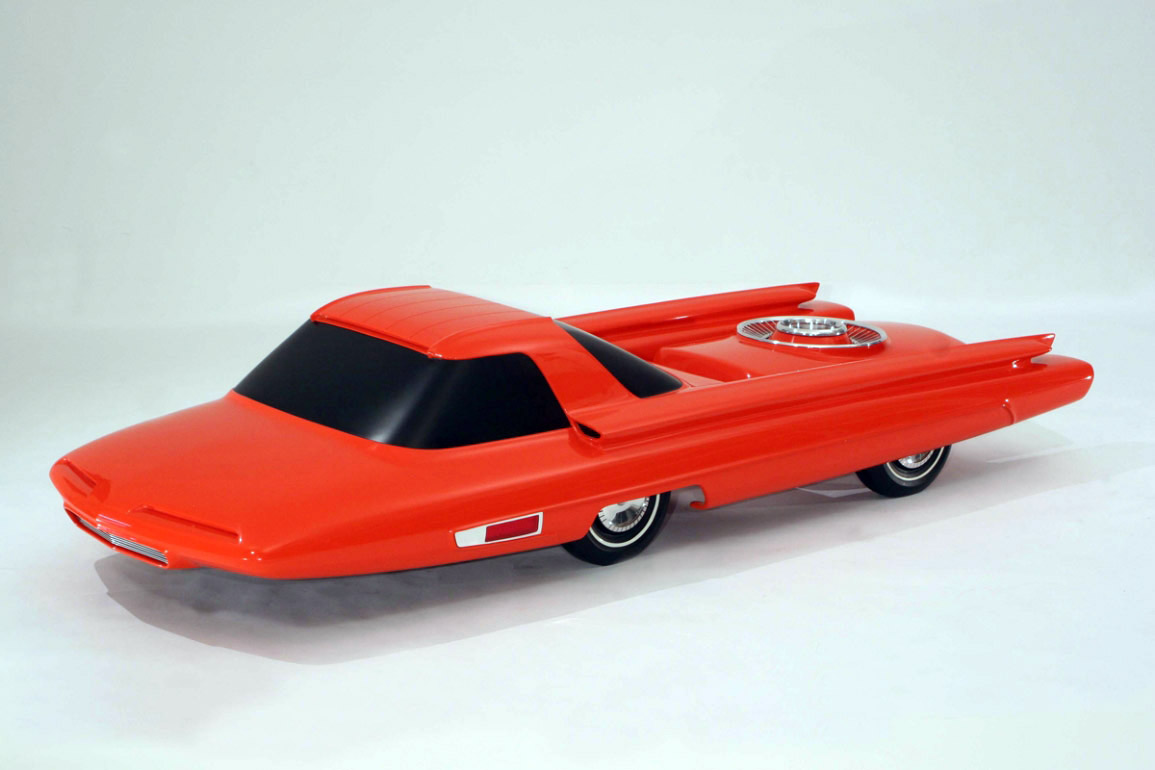Great read. I wish him (and us) luck. Illustrates a point, though - an alluring way to make batteries more efficient is to make them more dangerous. This was four years after the Ford Nucleon. If you don't feel like clicking on the link, no they didn't build it, yes it does have a tremendous overhang, yes that does indicate something fiendishly heavy in back, yes, lead shielding fits the bill. So really, molten sodium was kind of a step back for Ford on that one. People at the time were also willing to accept kinetic energy storage, as demonstrated by the gyrobus. Great idea in concept, except for the fact that you've got a flywheel big enough to store the energy to move a fully loaded bus down a flat road for three or four miles. Basically, a War Top the size of a coffee table weighing a few hundred pounds whose rim is spinning at large fractions of Mach. Never happened, but any fender bender had the opportunity to become Full Metal Pachinko in nothing flat. Yeah, the dude is orders of magnitude smarter than I am but my asshole still puckers a little when we start discussing "pure lithium" and "battery" and "92-year-old man." Nuclear reactors use liquid sodium for cooling all the time. But they're also pretty stationary and fairly impenetrable (I ran the numbers once on violating the shell on STNP once for a screenplay; a fully-loaded 747 at cruise speed would bounce off). I drive in LA all the time an I kinda think pure lithium cathodes would make me yearn for the era of Pintos.There were disadvantages, of course. The Ford battery operated at about 300°C (570°F), compared with the combustion engine’s roughly 90°C. Sodium melts at 98°C and can ignite when it meets the air. You don’t really want to drive around with a hot, explosive, molten metal under your hood.

But the path he has chosen involves one of the toughest problems in battery science, which is how to make an anode out of pure lithium or sodium metal. If it can be done, the resulting battery would have 60% more energy than current lithium-ion cells. That would instantly catapult electric cars into a new head-to-head race with combustion. Over the years, numerous scientists have tried and failed—it was lithium metal, for instance, that kept setting Stan Whittingham’s lab on fire at Exxon in the 1970s.